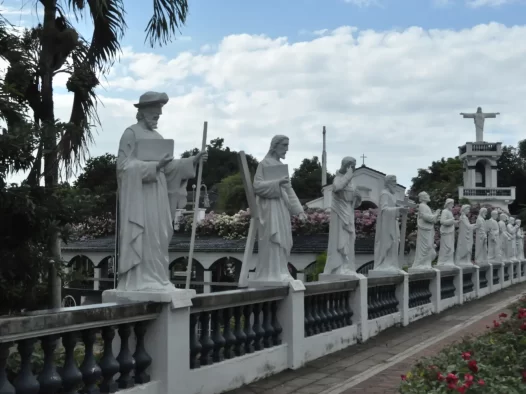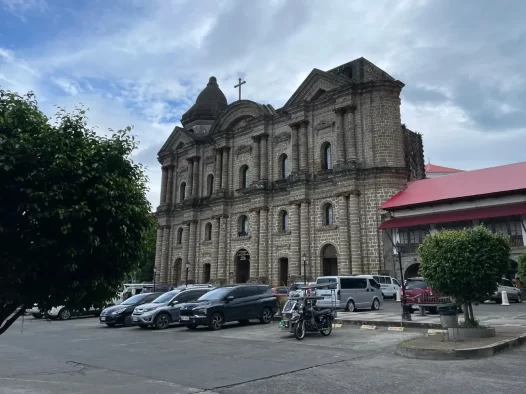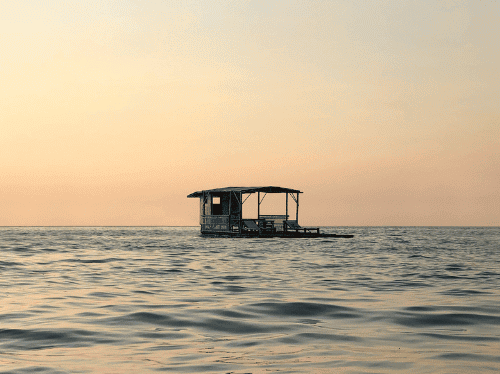San Luis
The town of San Luis formally called Balibago was among the southern barangays of the old Taal. Accordingly, it was named Balibago because of its proximity to Balibago River which separated San Luis from Taal; and the river was so called because of its over changing course which in vernacular means “pabago-bago”.
History and Heritage
San Luis, originally part of the municipality of Taal, became an independent town on August 25, 1861 but was made a part of Taal again in 1904 due to its small income. San Luis was then again reestablished on February 2, 1918.
The town’s history dates back to the Spanish colonial era when it was predominantly an agricultural community, known for its vast farmlands and fertile soil. Over time, San Luis grew and developed as an important trading center for agricultural products such as rice, corn, and sugar cane.
During World War II, San Luis played a vital role in the guerrilla movement against the Japanese occupation forces. Local residents actively participated in the resistance efforts, making significant contributions to the liberation of the Philippines.
Today, San Luis is a bustling municipality known not only for its agricultural heritage but also for its natural attractions, including scenic landscapes, mountains, and rivers. It continues to preserve its cultural traditions while embracing progress and development, making it an interesting destination for visitors and a proud home for its residents.
Climate
The rainy season starts on May and ends on November. When December comes, the people experienced a very cool dawn. The summer season on the month of January to the end of April.
Topography
San Luis is a hilly town, characterized by thick forest and numerous springs. CInly the town proper and other three (3) barangays constitute the low land along the sea shore. The other twenty one (21) barangays are situated in the hills and mountains of San Luis. Barangay Boboy, Mahabang Parang and Locloc are the highest barangays located at the peak of the mountain in its southern portion.
If you prefer a hassle-free trip, you can rent a car or hire a private vehicle for more convenience and flexibility. Public transportation, such as buses and jeepneys, is also available and can be a more budget-friendly option.
Batangas: Where history, beauty, and resilience converge, creating a tapestry of captivating stories and unforgettable moments.
Kawayan Festival
The Kawayan Festival of San Luis, Batangas, held every 25th of August, is a vibrant celebration honoring the Patron Saint, Saint Louis, and San Isidro Labrador. The festivities begin with a morning mass and a solemn procession of saints, where devoted locals pay their respects and offer prayers. After the religious rituals, the town comes alive with joyful activities at the plaza or gymnasium. The community gathers to witness an array of competitions and shows, showcasing the town’s rich cultural heritage and talents. Colorful parades, traditional dances, and music performances add to the festive atmosphere. One of the festival’s highlights is the Kawayan showcase, which pays homage to the significance of bamboo in the town’s culture and daily life. Skilled craftsmen display their creations made from bamboo, demonstrating its versatility and value in various aspects of San Luis’ traditions and livelihood. The Kawayan Festival serves as a joyous occasion for the locals to come together, strengthen their bonds, and proudly celebrate the unique customs and religious devotion that define their identity.
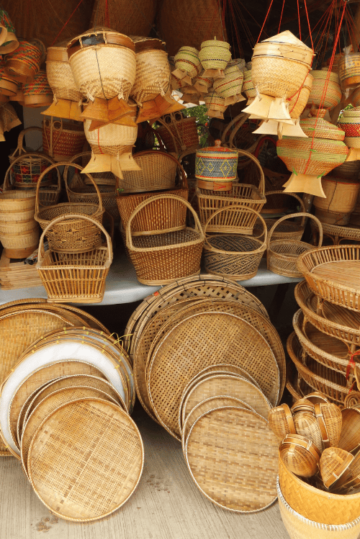


Local Attractions
Batangas in the Philippines offers a range of local attractions that cater to various interests. These are just a few of the attractions you can explore in Batangas. Whether you’re interested in history, nature, or relaxation, the city offers something for everyone.
Getting Around
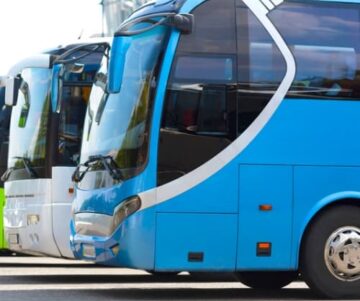
Buses
Buses provide transportation for longer distances, connecting Batangas with other regions and provinces. These buses have designated terminals and offer a more comfortable option for longer journeys.

Jeepneys
Jeepneys are a staple mode of public transportation in the Philippines. They are colorful, elongated jeeps that can carry multiple passengers. Jeepneys follow specific routes and have fixed fares.
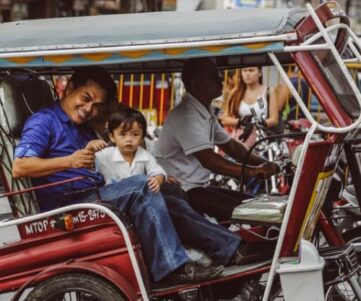
Tricycles
These motorized vehicles consist of a motorcycle with a sidecar, which can accommodate around 3 to 4 passengers. Tricycles are commonly used for short trips within the city, and fares are usually negotiable.

